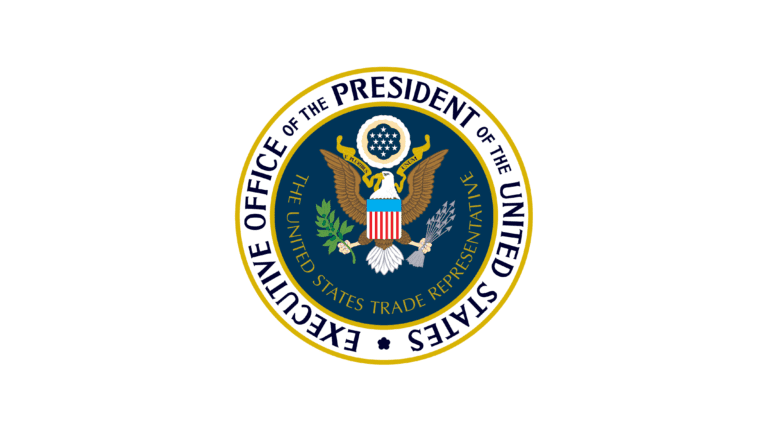Executive Summary
The mutual definitions are calculated as the tariff rate to achieve a balance between the bilateral trade deficit between the United States and our business partners. This account assumes that the ongoing trade deficit is due to a mixture of definition and non -carrier factors that prevent trade from balance. Definitions work through direct discounts of imports.
The mutual tariff rates range from 0 percent to 99 percent, with unwanted averages and imported by 20 percent and 41 percent.
introduction
To visualize the mutual definitions, the customs tariff rates have been calculated that would push the bilateral trade deficit to scratch. Although international trade models generally assume that trade will balance over time, the United States is running a continuous deficit in the current account for five decades, indicating that the basic hypothesis of most of the trade models is incorrect.
The failure of the trade deficit in the balance has many reasons, with the economic and definition economic basics as major shareholders. Organizational barriers in front of American products, environmental reviews and differences in consumption tax rates, compliance obstacles, costs, currency manipulation and reduce value work to deter American goods and maintain distorted trade budget. As a result, American consumers' demand from the American economy was taken out to the global economy, which has closed more than 90,000 American factories since 1997, a decrease in the workforce in our field of manufacturing more than 6.6 million jobs, and more than a third of them.
While computing individually the effects of the commercial deficit of tens of thousands of customs tariffs, organizational and tax policies and other policies in each country are complex, if not impossible, their common effects can be by calculating the level of customs tariffs in line with the leadership of the bilateral trade deficit to scratch. If the commercial deficit is fixed due to the definition and non -definition policies and basics, the customs tariff rate is consistent with the compensation of these policies and the basics mutual and fair.
The primary approach
Considering an environment in which the United States reflects a tariff of average τ_i on the first country and ∆τ_I reflects the change in the rate of customs tariffs. Let ε <0 تمثل مرونة الواردات فيما يتعلق بأسعار الاستيراد ، دع φ> 0 The success of the customs tariff to import prices, let M_I> represent the total imports from the first country, and let X_I> 0 represent the total exports. Then the imports decreased due to the change in definitions equal to ∆τ_I*ε*φ*m_i <0. Assuming that compensation for the exchange rate and the effects of general balance are small enough to ignore it, the mutual tariff that leads to a bilateral commercial balance of scratch that satisfies:
Choose the teacher
To calculate the mutual definitions, the import and export data was chosen from the American Statistical Office for 2024. Parameters values were chosen for ε and φ. The resilience of the demand price, ε, in 4.
Modern evidence indicates that flexibility is approaching 2 in the long run (Boehm et al., 2023), but flexibility estimates vary. To be conservative, studies that find higher elasticity were extracted near 3-4 (for example, Broadcasting and Winstein 2006; Simonovska and WAGH 2014; Soderberry 2018). Importing price flexibility in definitions, φ, is 0.25. The recent experience with the American customs tariffs showed that China was passing the tariffs of retail prices (Cavallo et al, 2021).
Results
The mutual definitions are classified in the left at zero. The minimum levels of reduced rates may be homogeneous and reduce transportation. Customs tariff rates range from 0 to 99 percent. The unwanted average across the country of deficit is 50 percent, and the unwanted average worldwide is 20 percent. It is likely by imports, the average in countries of deficit is 45 percent, and the average worldwide is 41 percent. Standard deviations range from 20.5 to 31.8 degrees Celsius.
Reference
BOEHM, Christoph E., Andrei A. Levchenko, and NIIYA PANAAI-NAIAR (2023), “The Long and Longer of Trade Moxialities, American Economic Review, 113 (4), 861-905.
Brona, Christian and David E Einstein (2006). “Globalization and gains from a variety”, the two chapters of Economy Magazine, 121 (2), 541-585.
Pujolas, Pau and Jack Rossbach (2024). “Commercial deficit with commercial wars.” SSRN.
Simonovska, INA and Michael E. Wake (2014). “Trade Flexibility: Estimates and Evidence”, International Economy Magazine, 92 (1), 34-50.
Soderberry, Anson (2018). “Trade Flexibility, Homogeneity, Osteopic Definitions”, International Economy Magazine, 114, 44-62.
